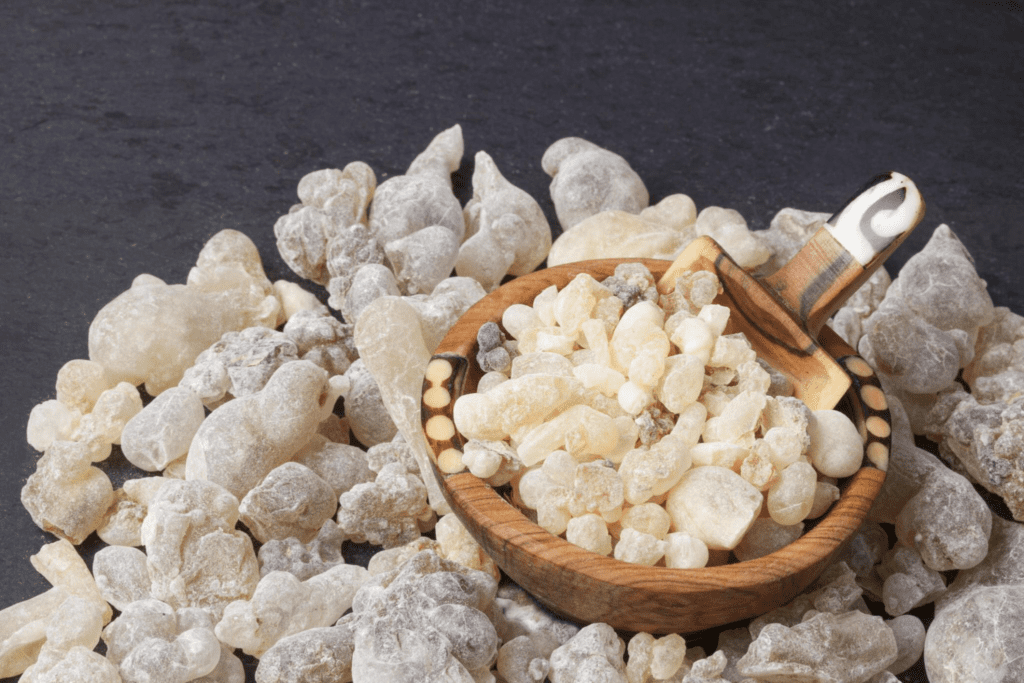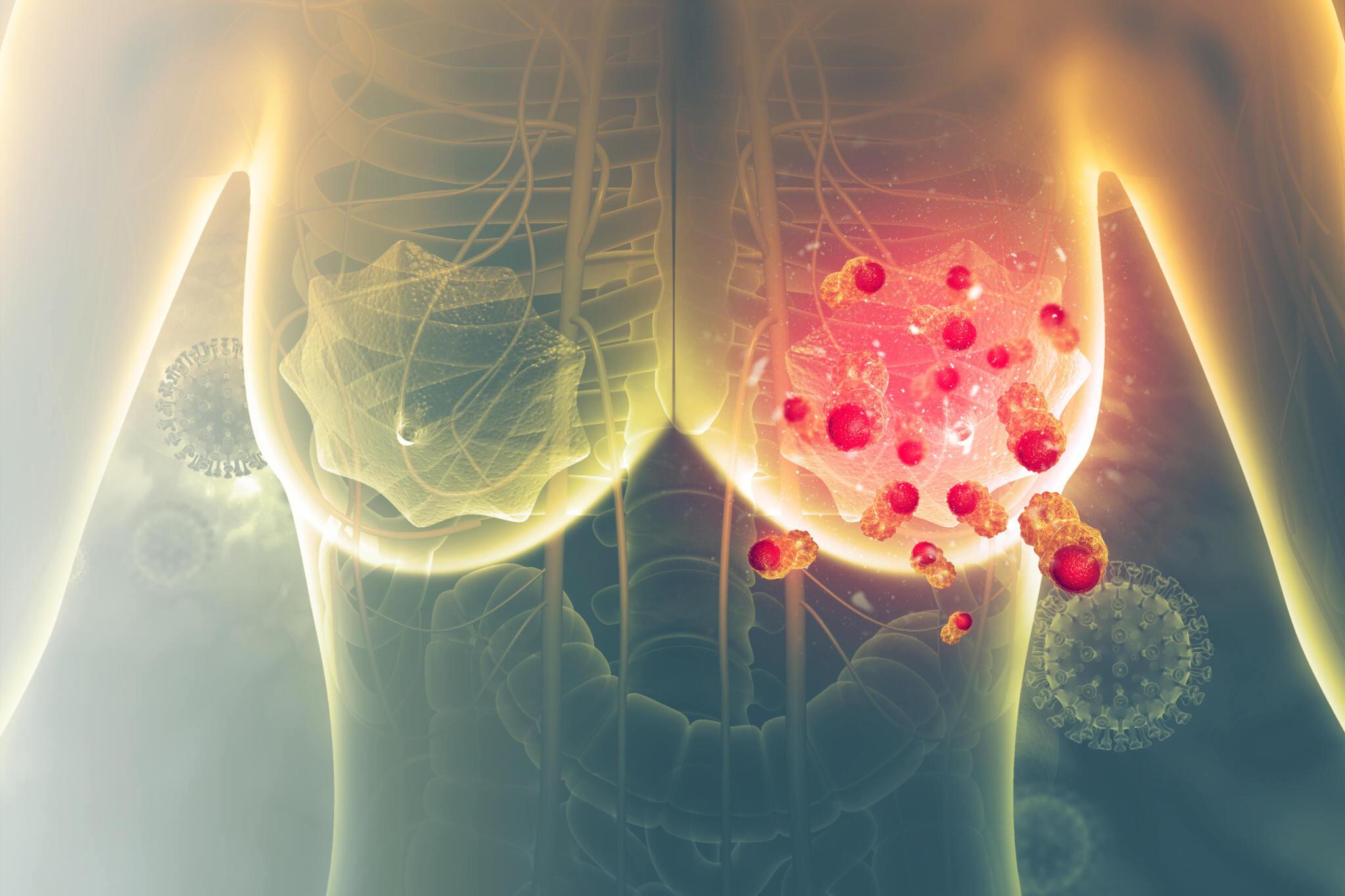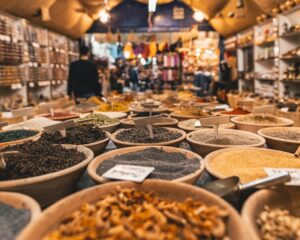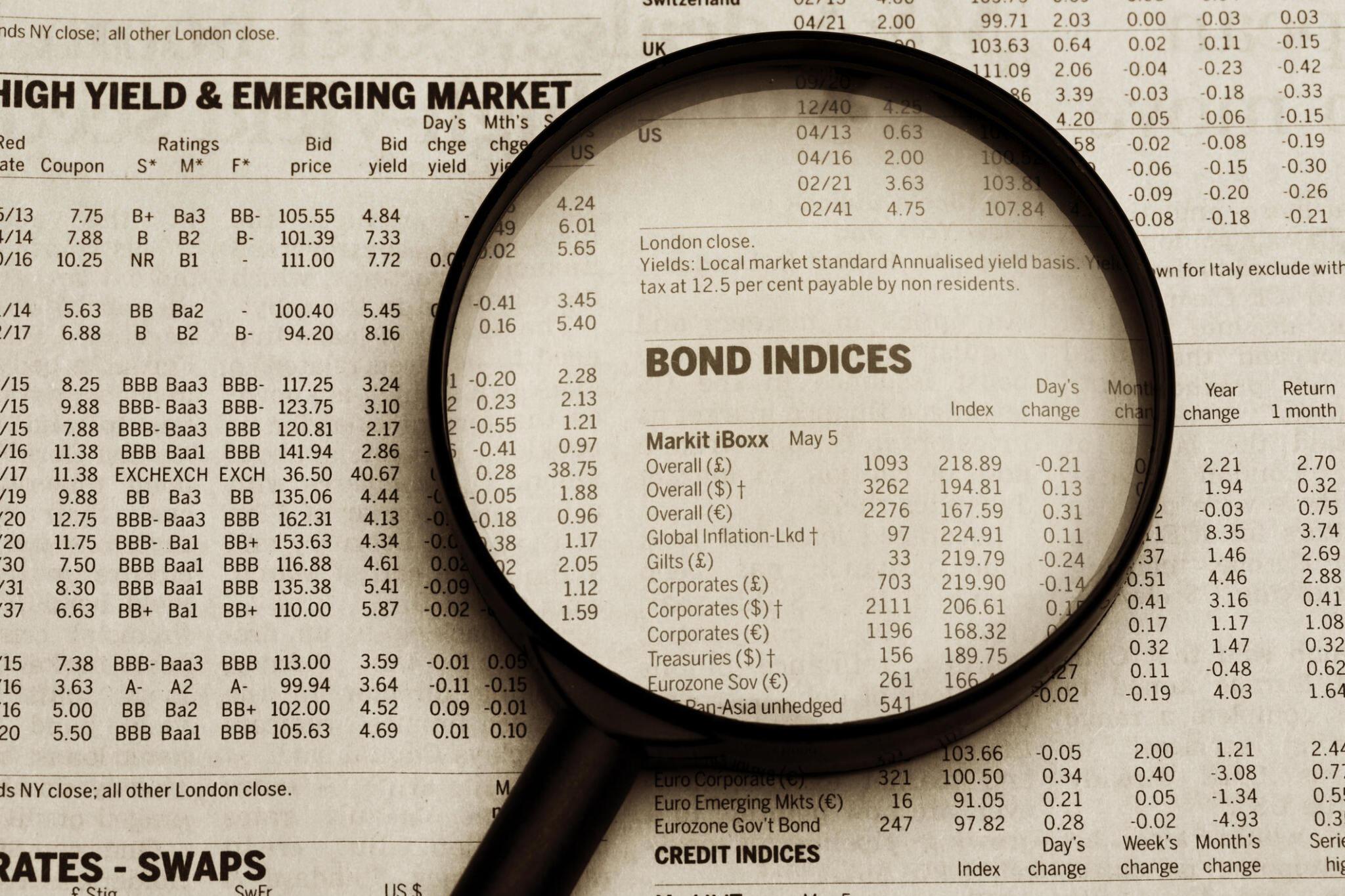
The musculoskeletal system is crucial in human physiology, constituting 40% of total body weight and up to 75% of all body proteins. It is crucial in maintaining body structure, facilitating mobility, and supporting endocrine (hormone-producing) functions, like growth hormone production Musculoskeletal Pain .
Unfortunately, one national survey established that one in every two US adults aged at least 18 has a musculoskeletal disease. Musculoskeletal diseases like arthritis cause chronic pain and may inhibit mobility.
Moreover, a report on the burden of musculoskeletal diseases linked the diseases with increased healthcare costs. However, you can use the herbs below to manage musculoskeletal pain and lower healthcare costs.

1. Turmeric for Musculoskeletal Pain
Turmeric is a key ingredient in Ayurveda (Indian traditional medicine). It has numerous purported therapeutic benefits, including countering the inflammation and stiffness that musculoskeletal diseases cause, triggering musculoskeletal pain.
Like other plant-based medications, turmeric has an active compound that induces therapeutic effects. Turmeric’s active compound is curcumin, a polyphenol chemical responsible for turmeric’s bright yellow color.
Curcumin has antioxidant and anti-inflammatory properties that help counter musculoskeletal pain. According to one study on the polyphenol’s antioxidant potential, curcumin countered the biomarkers of oxidative stress by removing reactive oxygen and nitrogen species. Moreover, the study showed that curcumin facilitated metal chelation (binding to reactive metal ions in the blood) and modulated enzymatic reactions that release reactive oxygen and nitrogen species.
On the other hand, a study on curcumin’s antiinflammation properties shows that its anti-inflammatory properties entail regulating the inflammation signaling pathways. The report concluded that curcumin is a potential candidate drug for treating antiinflammation diseases, including those that cause musculoskeletal pain like arthritis.
Pure turmeric powder has the highest curcumin content of all plant sources, containing the phenolic compound.

2. Indian Frankincense (Boswellia)
Indian Frankincense, or Boswellia, is a tree native to India, the Middle East, and North Africa and an ingredient in Ayurvedic medicine. Individuals that practice Ayurveda primarily use the tree’s sap and bark for purported therapeutic benefits. You can consume Indian Frankincense as an essential oil or incense for aromatherapy or as oral formulations like tablets and capsules.

Boswellia’s active compound is Boswellic acid, a resin from the Boswellia genus family currently generating pharmacological interest. According to one study on Boswellic acid, the compound utilizes various mechanisms of action to induce antiinflammation effects.
First, the study established that boswellic acid inhibits leukotriene products. Leukotrienes are inflammation mediators that the body produces in response to allergens. Second, boswellic acid inhibits prostaglandin production, a hormone that regulates inflammation and pain. Moreover, the study concluded that boswellic acid improves the immune system and mobility in individuals with musculoskeletal disease.
3. Garlic
Besides being a kitchen staple, garlic is a potent herbal remedy for managing musculoskeletal pain. According to one study, garlic is an effective analgesic agent against debilitating osteoarthritis symptoms, including chronic pain, stiffness, and limited mobility.
The randomized, double-blind study included 76 women diagnosed with knee osteoarthritis. They received either an odorless garlic tablet or a placebo over 12 weeks. After the study, administrators examined pain, stiffness, and physical function and concluded that the women who received garlic supplementation had better results.
Besides the fresh garlic cloves in your pantry, you can consume garlic supplement campuses as an ancillary treatment for musculoskeletal pain. Also, some people use fresh garlic paste infused with essential oils as a topical remedy for musculoskeletal pain.

4. Stinging Nettle
Nettle’s sting is also a readily accessible herbal remedy for musculoskeletal pain. According to one study, the stinging nettle is a topical remedy that individuals with musculoskeletal pain use to counter the pain.
The herb’s administration entails applying the leaf’s prickly surface to sting the affected area. The sting produces a counterirritant effect that takes over the nervous system, countering the pain.
Conclusion:
The recommended herbal remedies can be ancillary musculoskeletal pain remedies with minimal side effects. However, some herbs may trigger an allergic reaction, so consult a doctor on possible allergies and recommended doses for musculoskeletal pain.






